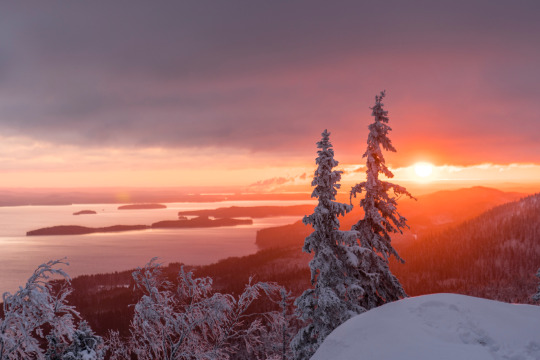#lieksa!
Explore tagged Tumblr posts
Text
Peter Franzén as Laszlo










Peter in Lieksa! (2007)
#the earrings really suit him#Ilmari should've worn his shirt more open like this#peter franzén#lieksa!#my posts#my photos#i think im gonna peter post on here occasionally#the man is just so beautiful and i want everyone to look at him
3 notes
·
View notes
Text

Pankakoskentie, Pankakoski, North Karelia, Finland.
86 notes
·
View notes
Text

Ukko Koli, Lieksa, Finland
Hendrik Morkel
11 notes
·
View notes
Text
The greywolf ate apples in Lieksa, North Karelia!
#Iltalehti#Iltis#Lukijan video#Suomi#Finland#North Karelia#Pohjois Karjala#Lieksa#Susi#Grey Wolf#Eating#Syö#Omena#Apple#Malus domestica#Canis lupus#suomitumppu#suomi tumppu#suomitumblr#suomi tumblr#wolf#Piha#garden#courtyard
9 notes
·
View notes
Text
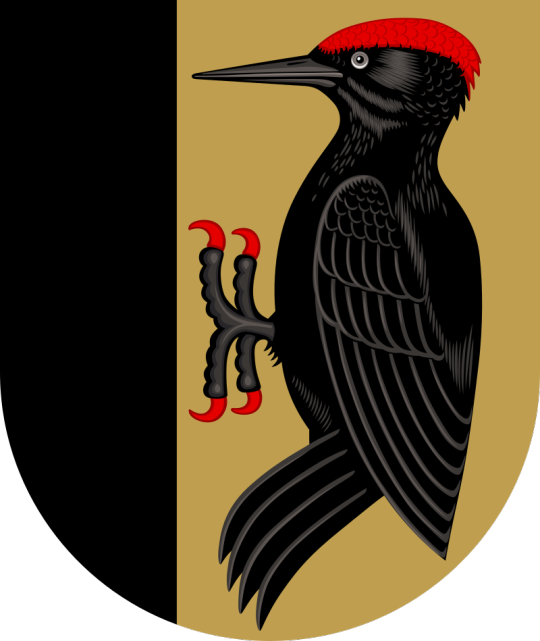
The coat of arms of Pielisjärvi (now part of Lieksa) in North Karelia, Finland.
6 notes
·
View notes
Text




Finland City Flag Wars: Round 1, Bracket 6
24 notes
·
View notes
Note
The ice road between Koli and Vuonislahti in Pohjois-Karjala, Finland
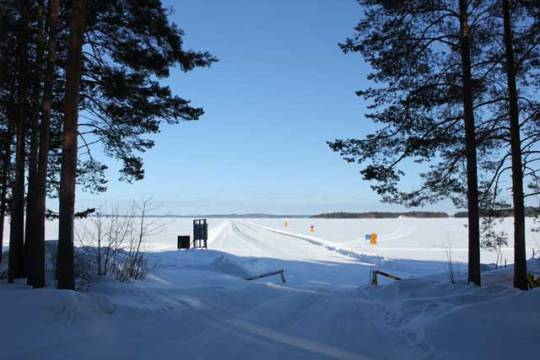
(photo from https://www.pohjoiskarjala.com/kunnat/lieksa/matkailu/kolin-jaatie)
33 notes
·
View notes
Photo

Winter night Ruunaa, Lieksa, Finland
Photography Ilari Tuupanen
258 notes
·
View notes
Text


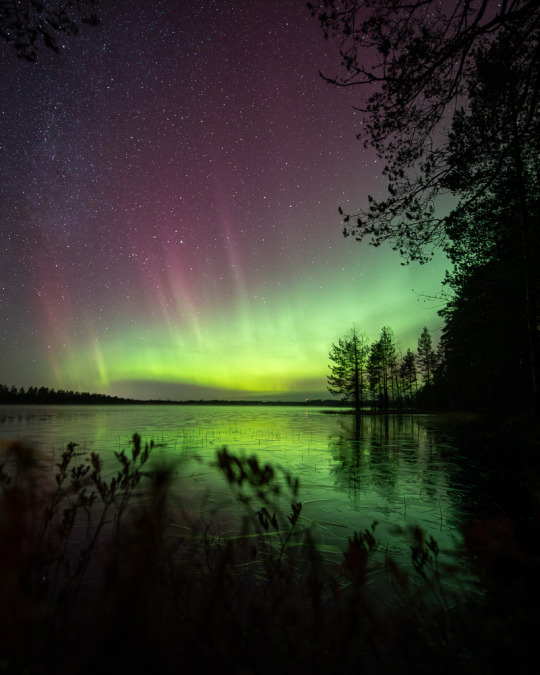
Aurora over Lieksa, North Karelia, Finland. Photos by Satu Juvonen, 20-21 Oct '23. "Järvi sai jääkukat pintaansa, pakkasta 8 astetta." "The lake has 'ice flowers' on its surface, 8 degrees below zero [Celsius]" ( -8°C = +17.6°F )
44 notes
·
View notes
Text



Important screenshots i took of young ilmari Laszlo
#lieksa!#my posts#😏 u see where ilmo got the buns from#personal#my peter movie watching expands once more
1 note
·
View note
Text

Heikkiläntie, Mähkö, North Karelia, Finland.
28 notes
·
View notes
Text
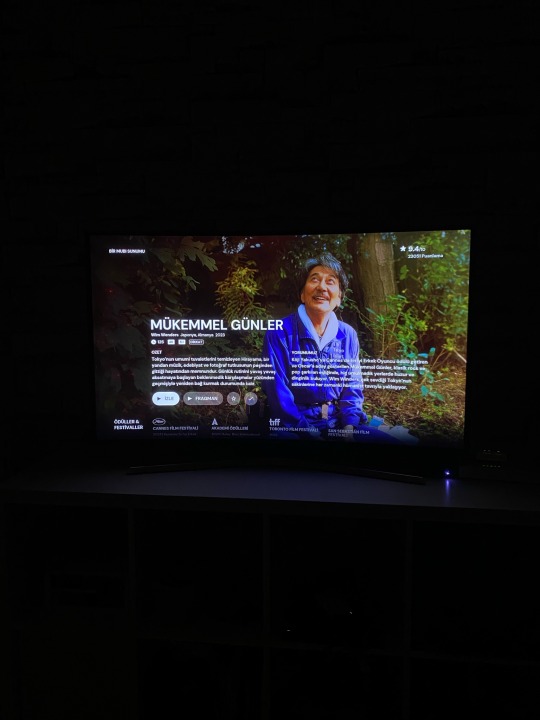



16 notes
·
View notes
Text
My majestic friends
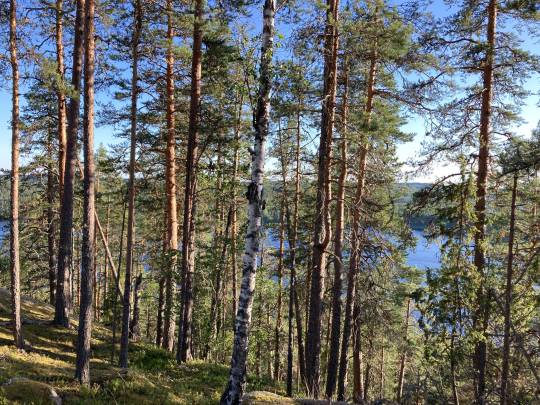
In summer 1998 the Finnish Forest Administration hired me to support an inventory determining the potential Natura 2000 areas under the EU Habitats Directive. I was excited about the opportunity and eager to explore the uninhabited forests of Eastern Finland! My task was to identify biodiversity rich sites and gather information that would contribute to a selection of areas for conservation.
I got a light blue Toyota car and maps to navigate the logging roads in Lieksa and Ilomantsi, two remote municipalities in the Eastern Finland. During the days I was alone, and, in the evenings, I met with my fellow workers in the lodging provided to us in camping sites and forester huts.
It was a summer filled with mosquitoes in wet gullies and intense sun in the apocalyptic sites of “final felling”.[1] I also met some bears, and while they must have seen me, I only saw their steaming excrement, coloured blue from the berries (Vaccinium myrtillus), or hastily plunged yellow chantarelle stems (Cantharellus cibarius).
When I close my eyes to look back to the memories of summer 1998, I can see two sites in front of my eyes.
First is a lush grove with northern wolf's-bane (Aconitum lycoctonum) and tall ostrich ferns (Matteuccia struthioptera) and translucent green leaf mosses. It was a tiny green paradise, and I can still hear the water flowing in the creek beneath my feet.
Second is a steep hill with intimate quality of majestic beauty, a few pine trees clearly over 200 years old mingled with younger birch, aspen and rowan. I remember ticking the box of cultural significance and shading the site in the inventory map as a “high conservation value”, frantically looking for something in the list of threated species. To my disappointment, despite the variety of shrubs, flowering plants, and interesting fungus of rotting tree trunks on forest floor, nothing was on my list.
I was a young botany student and my inventory list included mainly plants, but I also looked for signs of small mammals, such as droppings of Siberian flying squirrel (Pteromys volans) that would guarantee the further investigation of the area. Unfortunately, bear was not on my list of key inventory species, I would have loved to tick that box.
A few weeks after finishing the work I got a phone call from my supervisor; she was excited to tell me all the areas that had been accepted to the list. There were several from my list that had made it to the second stage!
The lush green grove was among them, situated in the middle of the otherwise less impressive commercial forest estate, but it was now among those, which could possibly be protected within Natura 2000 new conservation sites. I smiled, and then something darker surfaced from beneath of my belly. With a slightly shaky voice, I asked her: “What about the site shaded with a high conservation value, the beautiful southern slope with old pine trees?”
I could hear her scuffling through her papers, trying to locate the site I was talking about. After a pause, she answered, with a slight hesitation in her voice: “No, that site is not here, unfortunately, it did not make it to the list for further investigation.” After this she again congratulated me on the good notes, and how we had done extremely well, with so many new sites proposed. There was a click, the call had ended.
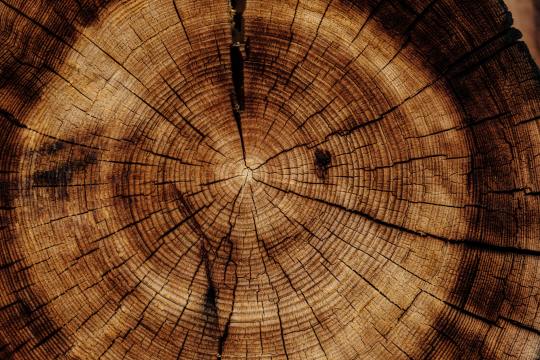
Photo by Joel & Jasmin Førestbird on Unsplash
Who holds the history when the one who has seen it is gone?
Now after 30 years when I close my eyes, I can still smell the pine resin, it is like encountering an old friend after a long time. In my imagination these same pine trees shaded children in the forest herding the cows, in the young independent country of Finland at the start of the century, or a soldier during the second world war stopped to admire the view opening from the southern slope during his advance. Perhaps, a few centuries earlier, the ancestors of these trees provided encouragement for the hunter searching for an elk to serve as dinner to her clan. And then, when I open my eyes, I remember that these pine trees, my majestic friends, are no more there.
These trees were “too old”, not a prime quality timber for construction, clearly over the official recommended final felling time. However, if they did not make to the Natura 2000 list, I don’t think there was anything to stopping their commercial use.
“The fibres of conifers, such as pine and spruce, are long and spaced apart. Because the long fibres give the pulp strength, softwood pulp is often used for products that require durability. Coniferous wood also increases the absorbency of the product, making it suitable for applications such as paper towels, baby nappies and other hygiene products.[2]”
Maybe these pines ended up as pulp and paper for packaging the goods we buy at the supermarket, or as nappies, or as toilet paper.
We humans categorise and classify, put some species in the list of threatened, vulnerable and endangered, making them scarce and more “valuable”, and some on the common list of trivial and prevailing, and thus exploitable. We make decisions to conserve or utilise based on the arbitrary boundaries of modernity on what is valuable and what is not. Is that the best we can make?
________________
References
1] Up to very recently Finnish forest management guidelines suggested clear-cutting/final felling of trees at the end of the “cultivation” period, which included ploughing the ground, which turn the forest floor into treacherous swales and heaps.
2] https://www.upmpulp.com/fi/uutiset-ja-materiaalit/blogit-ja-tarinat/stories/sellu-yllattaa-monipuolisuudellaan/
29 notes
·
View notes
Text
16 notes
·
View notes
